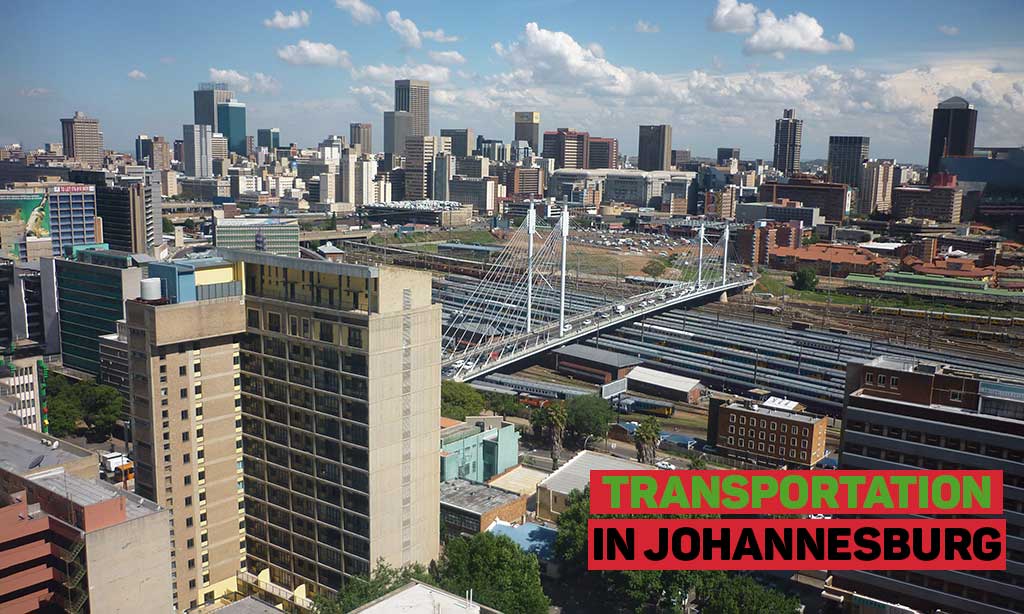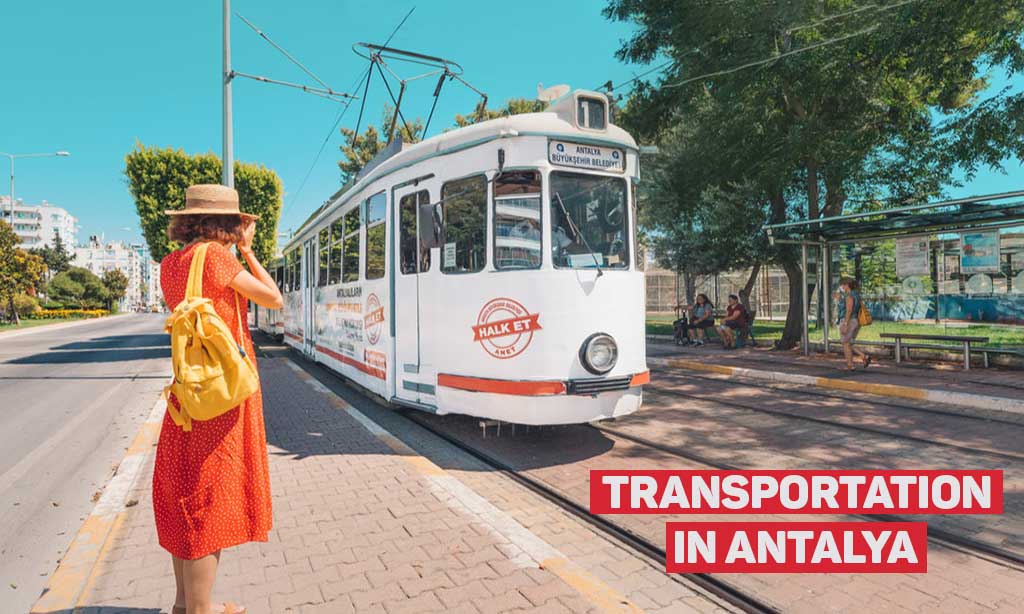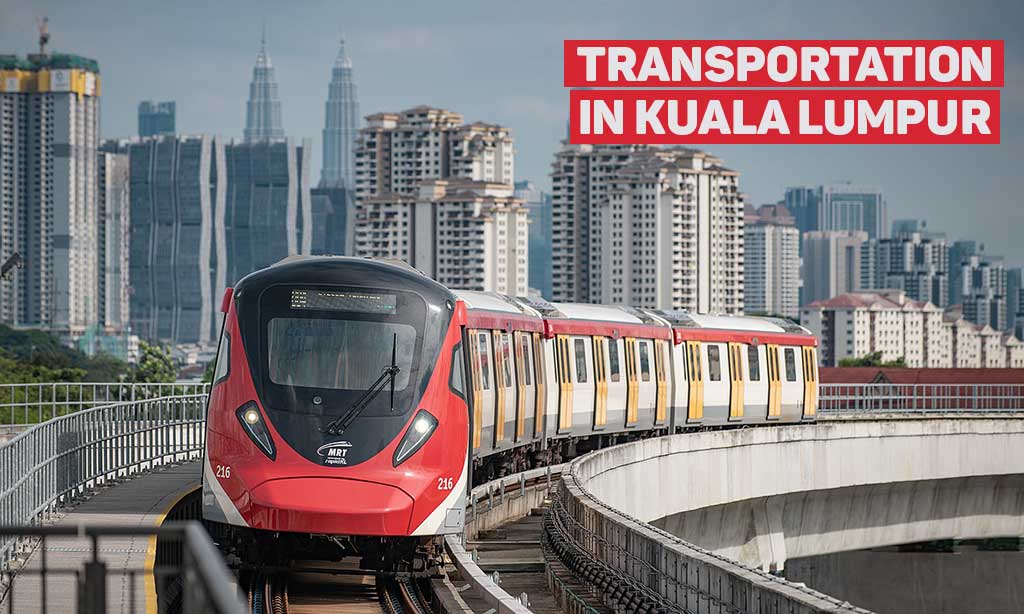Overview: Public Transportation Las Vegas, a major tourist destination, has a multifaceted transportation system. The street system is primarily laid out in a north-south/east-west grid. While most residents rely on cars, there’s an extensive network of bus routes covering many areas of the county. The Las Vegas Valley has a mass transportation system that predominantly serves the Las Vegas Strip.
Major Transport Operators: The primary transportation in Las Vegas is managed by the Regional Transportation Commission (RTC) and includes buses that operate on the Strip and Downtown Las Vegas.
Commuter Rail: There have been various proposals to expand the transportation system in Las Vegas, including commuter rail and rapid transit. However, as of now, Las Vegas remains one of the largest metro areas in the US without passenger rail service.
Buses: The RTC operates several bus services, including:
- The Deuce
- Strip and Downtown Express (SDX)
- Boulder Highway Express (BHX)
- Sahara Express (SX)
- The Max
- Henderson and Downtown Express
Table: Transportation Systems:
| Transportation | Operator | Website URL |
|---|---|---|
| Buses | Regional Transportation Commission (RTC) | RTC Website |
| Monorail | Las Vegas Monorail Company | Monorail Website |
| Airports | Clark County Department of Aviation | Airport Website |
Guide on Ticket Purchasing:
- Fares: A two-hour bus pass costs $6, a 24-hour pass costs $8, and a three-day pass costs $20. Buses require exact fare. Children 5 years old and younger ride free and must be accompanied by an adult.
- How to Pay: Tickets can be purchased aboard buses with exact change. Some stops also have vending machines for ticket purchases. The RTC app, rideRTC, offers tickets as well. All tickets are validated with a timestamp and are ready to use at the time of purchase.
- Routes and Hours: The Deuce operates 24 hours a day, while the SDX Downtown Express runs every 15 minutes from 9 a.m. to midnight.
Major Passenger Airports:
- Harry Reid International Airport: This is the primary commercial airport serving the Las Vegas Valley. It’s located five miles from downtown Las Vegas and is one of the world’s busiest airports by traffic movements.
- North Las Vegas Airport and Henderson Executive Airport: These are noncommercial airports used mainly by hobbyist pilots and small charter airlines.
Ways to go to City Centre:
- From Harry Reid International Airport: Transportation options include automobiles, taxis, shuttles, and buses. There’s also a proposal for the Las Vegas Monorail to extend to Harry Reid International Terminal One.
- RTC’s Trip to Strip: This is a ride-share for groups with no surge pricing, operating 24/7. It’s a convenient way to travel anywhere on the Strip, in Downtown Las Vegas, or from McCarran International Airport.
Renting a Car: The McCarran Rent-A-Car Center, located three miles south of the airport, represents 11 rental car companies. It operates 24/7 with continuous shuttle services to the airport terminals. However, be aware that some hotels charge for self-parking and valet parking.
Cycling Facilities: Las Vegas is known for its bike-friendly routes, especially in parks and some parts of the city.
Walking Facilities: Downtown Las Vegas is very walkable, including the Strip. There are numerous elevated walkways between casinos, making it convenient for pedestrians. Attractions like gondolas at the Grand Canal Shoppes also add to the pedestrian experience.





